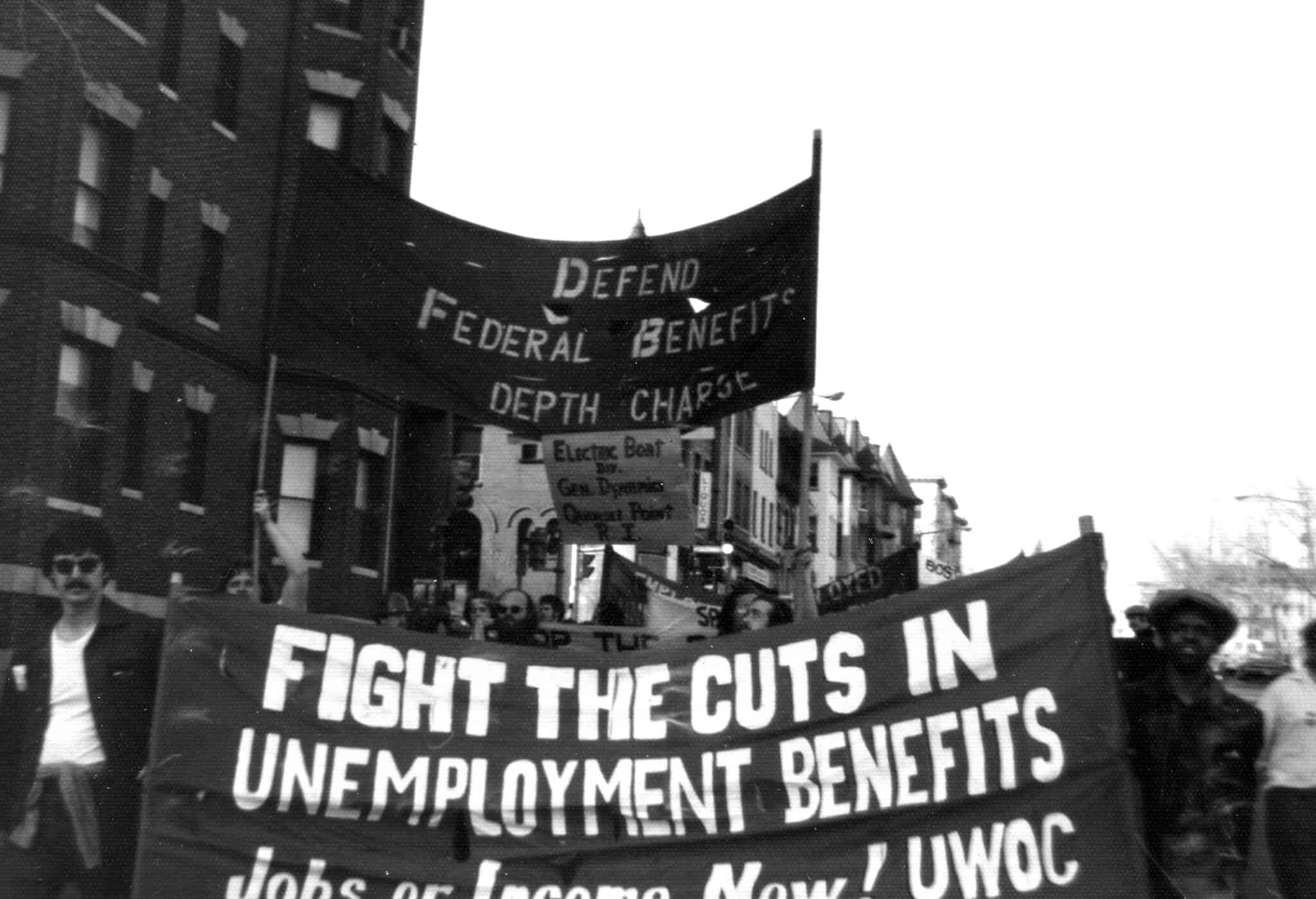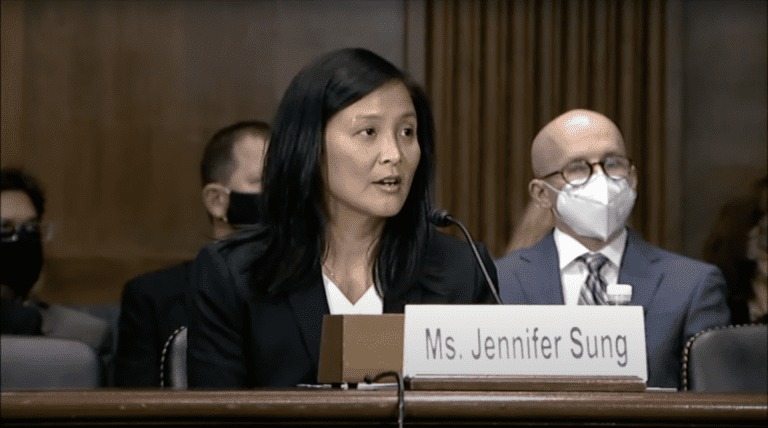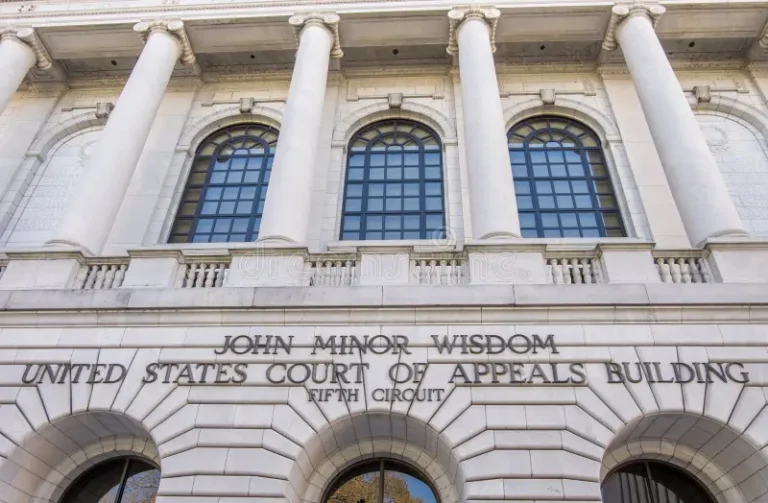
Kevin Vazquez is a staff attorney at the International Brotherhood of Teamsters. He graduated from Harvard Law School in 2023. The opinions he expresses on this blog are his own and should not be attributed to the IBT.
Last week, on Labor Day, an estimated 8.9 million workers and their families lost federal unemployment benefits, and nearly three million more had their weekly checks reduced by $300 per week. The Biden administration, despite the entreaties of many workers, activists, labor unions, and other organizations, allowed three key pandemic-era federal unemployment programs – Pandemic Unemployment Assistance (PUA), Pandemic Employment Unemployment Compensation (PEUC), and Pandemic Unemployment Assistance (PUA) – to expire in what some experts are describing as the largest and most sudden end to government aid in the country’s history. While the decision to discontinue the enhanced benefits may have made sense in March – an optimistic moment in the pandemic’s trajectory – it no longer does. Allowing the benefits to expire amid a resurgent public health and economic crisis is unjustifiable: it will devastate millions of people and hamper economic recovery.
All three programs were initially included as part of the CARES Act, signed by President Trump in March 2020, and then, after lapsing briefly in December, were extended before President Biden’s inauguration (although PEUC benefits were, at the behest of moderate Democrats, slashed from $600 to $300 weekly). The programs were again included in the American Rescue Plan signed by President Biden in March 2021 and set to expire less than six months later. Although there was initially optimism that the Biden administration would again move to extend them before their scheduled expiration, the administration announced in August that it would not. Even before then, however, 26 Republican-led states, apparently in response to the claims of business owners and conservative media that the enhanced benefits “disincentivized” work and produced a labor shortage, opted to end their participation in the programs early.
In deciding to terminate the programs, the Biden administration appears to be acquiescing, at least in part, to these claims. But the argument is problematic on its face. To begin with, it is unclear that there truly is a “labor shortage” in the first place. Moreover, even if there were a labor shortage, it is equally unclear why workers should therefore be compelled to work in poorly paid positions, often in dangerous conditions, amid a pandemic as remediation. The implicit premise underlying these arguments is that it is inherently better for the government to reduce benefits (effectively subsidizing employers) than for businesses to increase wages. Desperate workers, the argument runs, should be abandoned to the vagaries of employers rather than employers compelled to raise wages or improve conditions. Workers, in other words, should compete for jobs – not the other way around. There is no analysis of the relative bargaining power or level of necessity of each side; that employers should be permitted to suppress wages as much as possible as desperate workers compete with one another is taken for granted.
In any event, there is little evidence that the cessation of the enhanced benefits will promote job growth or improve economic recovery. Most research has shown no correlation at all between the expiration of the benefits and job growth in the states that cut the programs early, and, although there are many variables at play, data released by the Department of Labor last week, which used state payroll statistics, actually revealed that aggregate job growth in states that eliminated the programs was overall slightly lower than that of states that retained them. This pattern existed even in the leisure and hospitality sector, in which employers and management have been especially critical of the enhanced benefits and their impact on job growth. One study, which relied on anonymous banking data, concluded that for every eight workers who lost benefits, only one found a new job. Another, which utilized the Census Current Population Survey, suggested that even those who did manage to find jobs often merely replaced other unemployed jobseekers with no resulting aggregate change in job growth. For many, the decision to return work has more to do with concerns about childcare or the virus than with unemployment benefits.
Moreover, any marginal benefits that did accrue to workers were more than offset by the harm caused by the termination of the benefits. One of the most comprehensive recent studies on the subject, for example, which used bank transaction date in states that cut the benefits early, found that, even where cutting the benefits did lead to slightly higher job growth (although not outside the margin of error), workers still lost an average of $278 per week when benefits were reduced or eliminated, and they gained just $14 a week in earnings. In sum, these recipients lost an average of $13,728 annually. In other words, the study found that for every $1 in reduced benefits, workers gained only 7 cents in new income. This decrease in disposable household income led to reductions in consumption – to the tune of $145 per week, or $7,540 annually, a 20 percent decrease. A reduction in consumer spending means depressed market demand, which harms economic recovery. To put it simply, cutting off benefits – even after accounting for any potential job growth caused, however marginal – will leave the average worker worse off than before and, in addition to augmenting human misery, will also eliminate billions in consumer spending and hinder economic recovery.
These arguments aside, the most important fact persists. The enhanced federal benefits remain a critical lifeline for millions of workers and their families, many of whom, following the Supreme Court’s forced expiration of the federal eviction moratorium last month, are faced with the prospect of paying months in accumulated back rent or being evicted. News sources are replete with personal accounts of workers whose lives will be upended, and sometimes virtually decimated, by the discontinuation. In fact, as Matt Bruenig noted for the People’s Policy Project, according to the Department of Labor’s latest Unemployment Insurance report released earlier this week, 9.2 million people – disproportionately women and minorities – were receiving benefits from one of the federal programs, and the average household receiving such benefits has 3.8 members. This means 35 million people, or an astounding 10 percent of the population, lost a substantial portion of their income last week, a humanitarian disaster. In addition, according to the BLS’s latest monthly jobs report, the economy still has 5.3 million fewer jobs than it did in February 2020, immediately preceding the pandemic, and the most optimistic estimates provide that it will take a minimum of five months to return to the pre-pandemic level.
Although the Biden administration suggested in August that states with high levels of unemployment could use other federal funds provided by the American Rescue Plan to support jobless recipients after the benefits expire, this overture is simply not enough to plug the gaping hole the expiration will leave, and millions of recipients will still plunge into it. President Biden and the Democrats are neglecting the working class at a time when new infections have reached their highest point since January 2021, many hospitals are overflowing with patients, food banks are busier than ever, and millions of workers remain dependent upon the federal benefits for survival. Whether the President and other Democrats will suffer consequences in upcoming elections remains to be seen. But millions of desperate workers and their families will surely suffer in the meantime.










Daily News & Commentary
Start your day with our roundup of the latest labor developments. See all
August 27
The U.S. Department of Justice welcomes new hires and forces reassignments in the Civil Rights Division; the Ninth Circuit hears oral arguments in Brown v. Alaska Airlines Inc.; and Amazon violates federal labor law at its air cargo facility in Kentucky.
August 26
Park employees at Yosemite vote to unionize; Philadelphia teachers reach tentative three-year agreement; a new report finds California’s union coverage remains steady even as national union density declines.
August 25
Consequences of SpaceX decision, AI may undermine white-collar overtime exemptions, Sixth Circuit heightens standard for client harassment.
August 24
HHS cancels union contracts, the California Supreme Court rules on minimum wage violations, and jobless claims rise
August 22
Musk and X move to settle a $500 million severance case; the Ninth Circuit stays an order postponing Temporary Protection Status terminations for migrants from Honduras, Nicaragua, and Nepal; the Sixth Circuit clarifies that an FMLA “estimate” doesn’t hard-cap unforeseeable intermittent leave.
August 21
FLRA eliminates ALJs; OPM axes gender-affirming care; H-2A farmworkers lose wage suit.